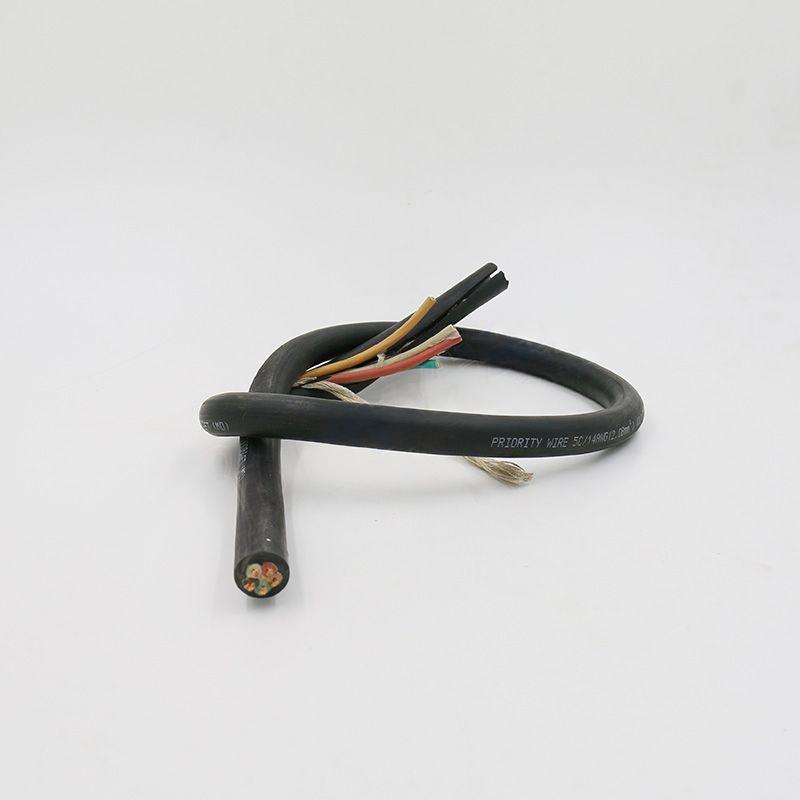dec . 22, 2024 17:19 Back to list
ball valve
Understanding Ball Valves A Comprehensive Overview
Ball valves are one of the most commonly used valve types in various industrial applications, thanks to their exceptional sealing capabilities and operational efficiency. Characterized by a spherical disc (the “ball”) that controls the flow of liquids or gases, these valves are crucial in both on-off and throttling applications.
Design and Working Principle
At the heart of a ball valve's design is the ball, typically made from materials such as brass, stainless steel, or plastic. This sphere has a hole drilled through its center, allowing the flow of fluid when the valve is open. The ball is mounted on a stem that is connected to a handle or actuator. When the handle is turned, the ball rotates within the valve body. If the hole is aligned with the flow direction, the valve is open; if the ball is rotated 90 degrees, the hole is perpendicular to the flow, effectively closing off the system.
This simple yet effective mechanism provides a tight seal, which helps to prevent leaks, making ball valves a reliable choice for various applications. The straightforward operation also allows for quick opening and closing, which is particularly advantageous in processes requiring frequent adjustments.
Types of Ball Valves
There are several types of ball valves to choose from, each designed for specific applications. Key types include
1. Floating Ball Valves The ball is not fixed in place and is free to move. It relies on the pressure of the fluid to push the ball against the seat, creating a seal. Floating ball valves are ideal for low-pressure applications.
2. Trunnion Mounted Ball Valves In this design, the ball is fixed at the top and bottom, which allows it to withstand high pressures without deforming. This makes trunnion mounted valves suitable for large bore and high-pressure applications.
3. V-Port Ball Valves These feature a “V” shaped ball, allowing for better flow control and throttling. V-port ball valves are especially useful in processes requiring precise flow regulation.
4. Reduced Port Ball Valves These valves have a smaller outlet than the inlet, which can help to reduce the overall size and weight of the valve, while still maintaining decent flow characteristics.
ball valve

5. Full Port Ball Valves Unlike reduced port valves, full port valves have the same diameter as the pipe, providing minimal pressure drop and a straight-line flow path.
Applications
Ball valves are extensively used in various industries, including oil and gas, water treatment, chemical processing, and HVAC systems. Their ability to handle a wide range of temperatures and pressures makes them suitable for both high and low-temperature environments.
In the oil and gas industry, ball valves are used for on-off services, such as controlling the flow of crude oil and natural gas during extraction and transportation. In chemical plants, they are utilized for controlling the flow of reactive substances where the integrity of the seal is paramount to prevent leaks or spills.
In water distribution systems, ball valves allow for efficient control of flow, ensuring the system operates smoothly. Their durability and low maintenance requirements make them a preferred choice for municipal water supply.
Advantages
The advantages of ball valves are numerous. They offer
- Low Resistance to Flow The straight-through design minimizes turbulence and pressure drops, enhancing system efficiency. - Durability High resistance to wear and tear, corrosion, and high temperatures extend the lifespan of the valve. - Quick Operation With a quarter-turn operation, ball valves can be opened or closed in seconds, facilitating rapid control over flow. - Minimal Maintenance Thanks to their simple design and construction, ball valves generally require less maintenance when compared to other valve types.
Conclusion
In conclusion, ball valves are integral components in a wide array of industrial systems, offering efficient flow control and reliability. Their unique design, combined with various types to suit different applications, makes them a go-to choice for engineers and operators. The continued advancements in materials and technologies will likely enhance their performance and applications even further, solidifying their position in the marketplace as a leader in fluid control solutions. Understanding their function and benefits is key for anyone involved in system design or maintenance, paving the way for more efficient and sustainable operations in various sectors.
Share
-
Reliable Wafer Type Butterfly Valves for Every IndustryNewsJul.25,2025
-
Reliable Flow Control Begins with the Right Ball Check ValveNewsJul.25,2025
-
Precision Flow Control Starts with Quality ValvesNewsJul.25,2025
-
Industrial Flow Control ReliabilityNewsJul.25,2025
-
Engineered for Efficiency Gate Valves That Power Industrial PerformanceNewsJul.25,2025
-
Empowering Infrastructure Through Quality ManufacturingNewsJul.25,2025